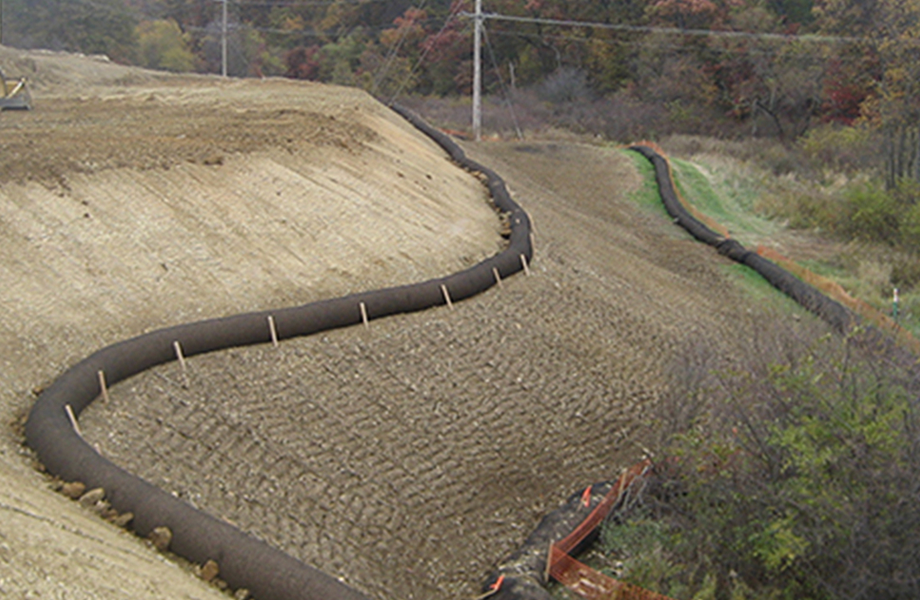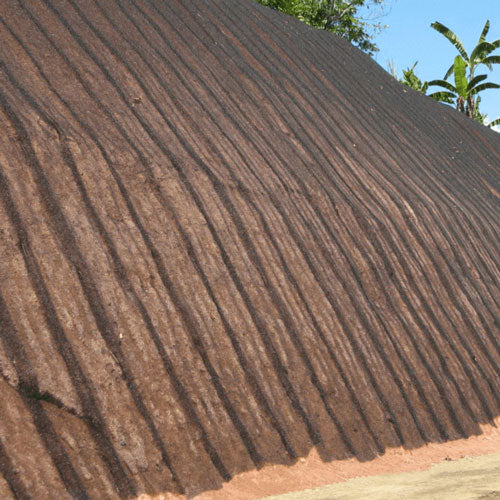Erosion Control Providers: Securing the Environment
Wiki Article
Best Practices for Disintegration Control in Construction Projects
Are you functioning on a building and construction job and concerned about disintegration control? In this article, we will lead you via the best techniques for protecting against erosion on your site. Memphis Erosion Control Solutions Memphis TN. Get all set to tackle erosion head-on and make certain the success of your building and construction task.5 Essential Disintegration Control Techniques

To efficiently control erosion on your building and construction site, you'll need to execute vital methods such as incline stablizing and debris control measures. Slope stabilization is critical in protecting against dirt erosion on high inclines. An additional reliable strategy is the use of erosion control coverings or floor coverings, which are placed on the slope and help preserve dirt fragments while permitting plant life to grow.
Efficient Sediment and Runoff Management

You can effectively take care of sediment and drainage in your building task by executing appropriate erosion control procedures. Sediment and drainage monitoring is crucial to avoid disintegration and protect the surrounding environment. One efficient action is the installation of silt fences along the perimeter of the building and construction site. These fences help to contain sediment and avoid it from entering nearby water bodies. Another vital method is the application of erosion control coverings or floor coverings. These coverings give a safety layer on bare dirt, decreasing the influence of rains and preventing disintegration. In addition, making use of sediment basins or debris traps can help to catch debris and stop it from getting in stormwater systems. Regular maintenance of these actions is important to ensure their performance throughout the construction project. This consists of examining and cleaning up sediment containers and frequently replacing silt fences and erosion control coverings as required. By carrying out these disintegration control actions, you can successfully manage sediment and overflow in your construction job, lessening the effect on the environment and complying with regulatory needs.
Secret Considerations for Incline Stablizing
When thinking about incline stabilization, it is very important to analyze the terrain and determine potential areas of instability. You require to very carefully analyze the incline's characteristics, such as its angle, drain, and composition patterns. Search for signs of erosion, such as exposed roots, splits, or slumping dirt. These indicators can offer you an idea of where stablizing procedures might be needed.One more alternative is to plant greenery on the incline, as the roots can aid secure the dirt and control erosion. In addition, installing disintegration control blankets or floor coverings can amazing landscapes give prompt defense while plants becomes well established.
It's essential to regularly keep an eye on the maintained inclines to ensure their efficiency. Maintain an eye out for any indicators of movement or disintegration, and take immediate activity if essential. Regular upkeep, such as examining and repairing any kind of damaged steps, is likewise necessary to ensure lasting security.
Finest Practices for Vegetation and Dirt Protection
One efficient way to safeguard plants and dirt on slopes is by consistently inspecting for indicators of disintegration and taking prompt action if necessary. Begin by evaluating the incline for any type of indications of disintegration, such as revealed roots, bare soil spots, or sediment build-up at the bottom. Implement disintegration control additional resources steps such as installing disintegration control coverings, mulching, or even building retaining walls if required.Implementing Correct Drain Equipments
To effectively implement correct water drainage systems, it's crucial to consider the slope gradient and soil kind. Comprehending these elements is vital when it comes to managing water flow and stopping disintegration. The slope gradient plays a considerable function in figuring out how water crosses the land. Steeper inclines can result in faster water flow, raising the threat of disintegration and flooding. On the various other hand, gentler slopes permit water to move much more gradually, decreasing disintegration possibility. By assessing the incline gradient, you can make a reliable drain system that suits the all-natural water motion.Sandy dirts tend to drain pipes faster due to their crude structure, while clay dirts have a slower water drainage rate due to their portable nature. In addition, thinking about the dirt features assists avoid waterlogging, which can lead to poor plant growth and damages to frameworks.
Conclusion
In verdict, when it comes to erosion control in construction jobs, you Continue need to comply with these ideal practices. Think about incline stablizing approaches to ensure the security of the site. By complying with these essential practices, you can efficiently manage disintegration and make sure the success of your building and construction project.To efficiently control erosion on your construction website, you'll need to execute important methods such as slope stabilization and debris control actions. Slope stablizing is vital in protecting against soil disintegration on steep slopes. One more reliable method is the use of erosion control coverings or mats, which are placed on the incline and aid keep soil fragments while enabling plant life to expand. Another choice is to grow greenery on the incline, as the roots can aid secure the soil and control disintegration. Implement disintegration control procedures such as setting up disintegration control blankets, mulching, or even creating retaining walls if needed.
Report this wiki page